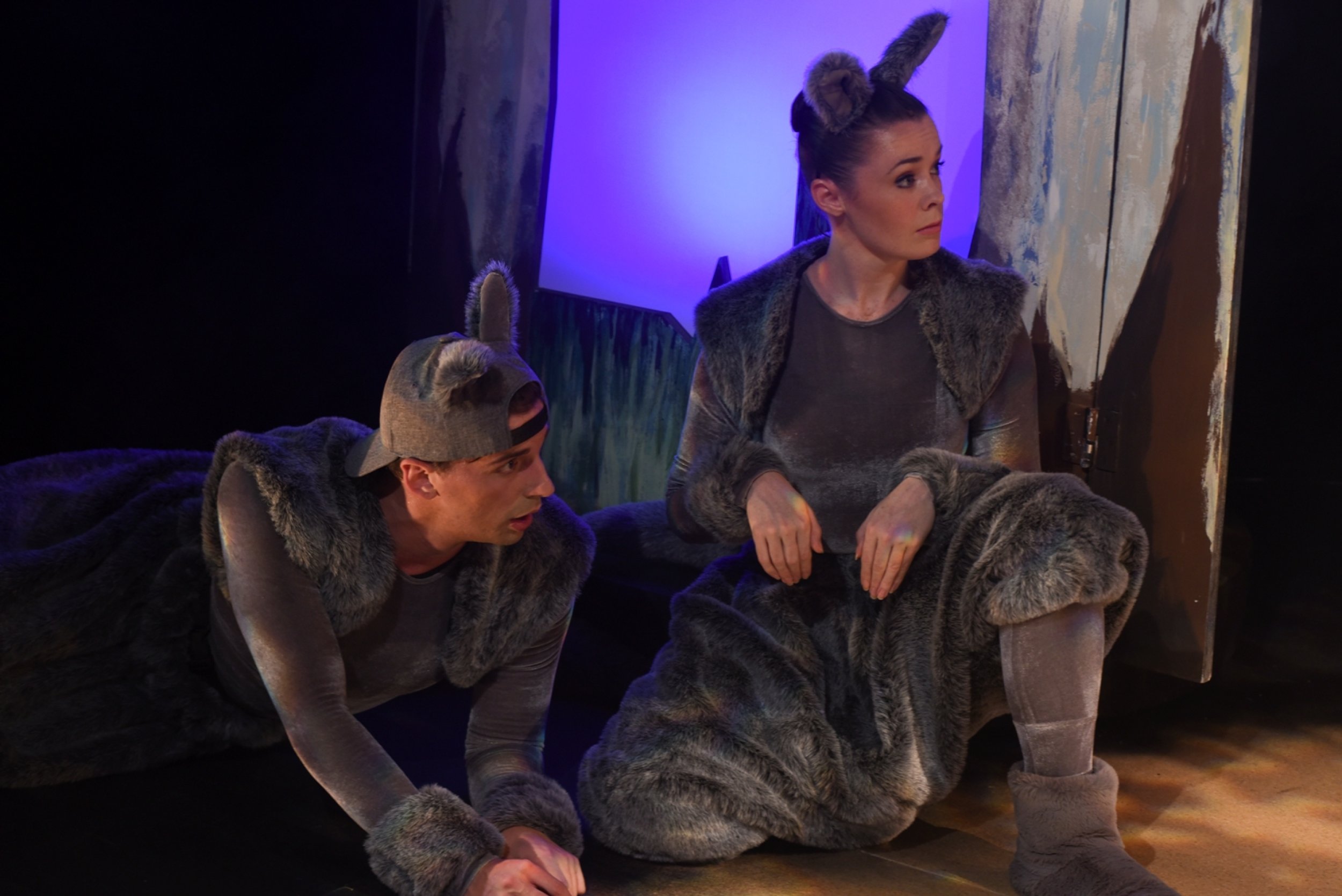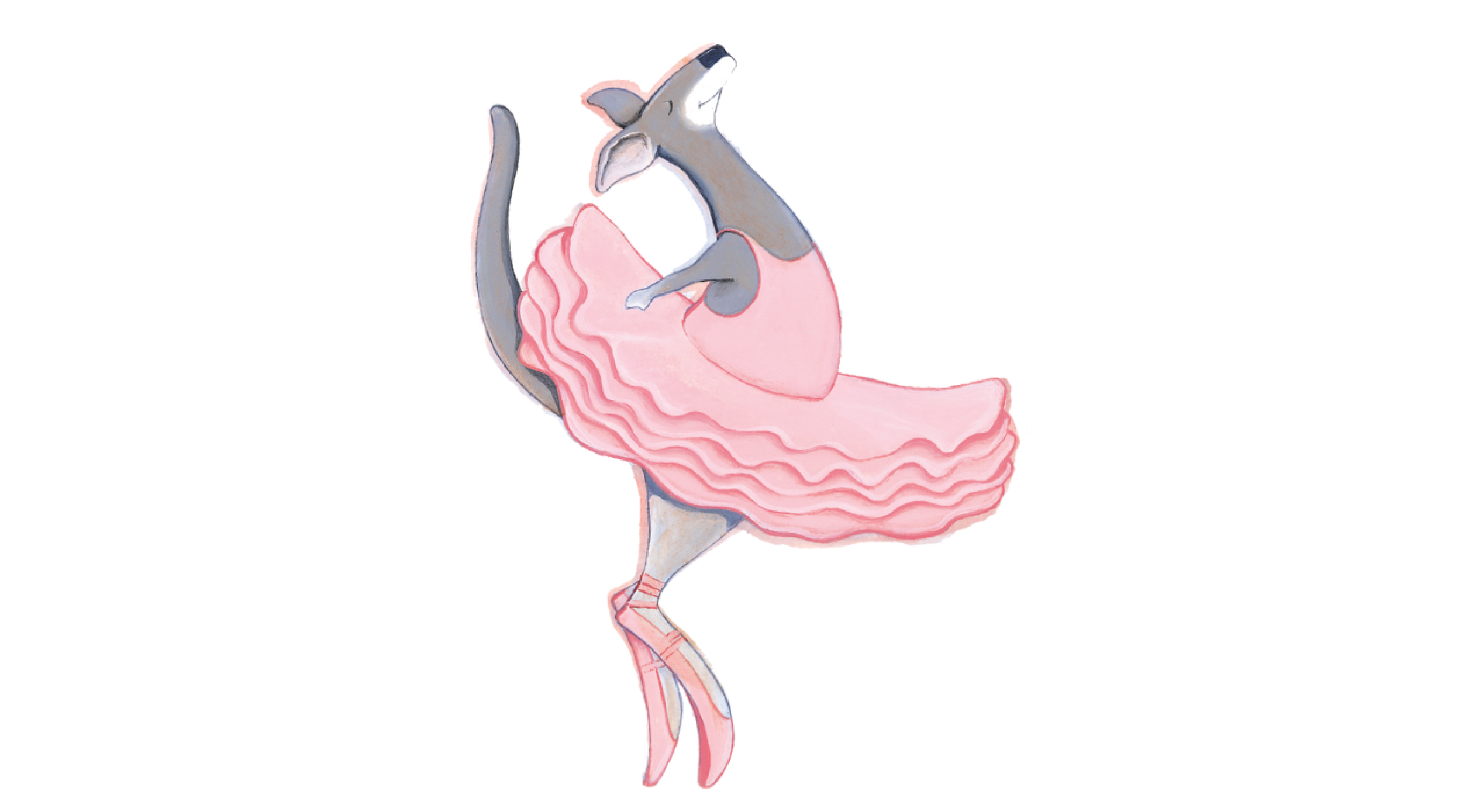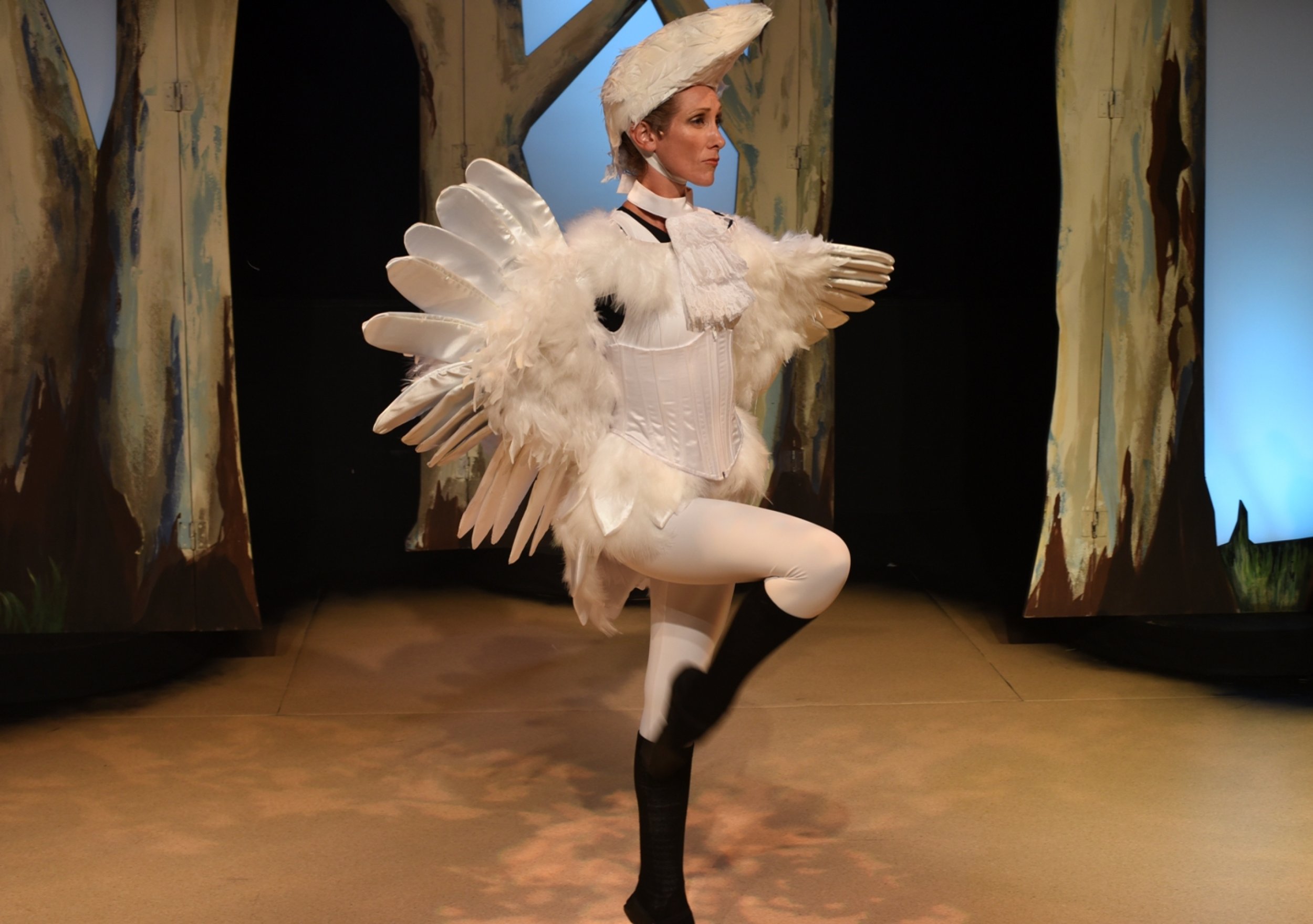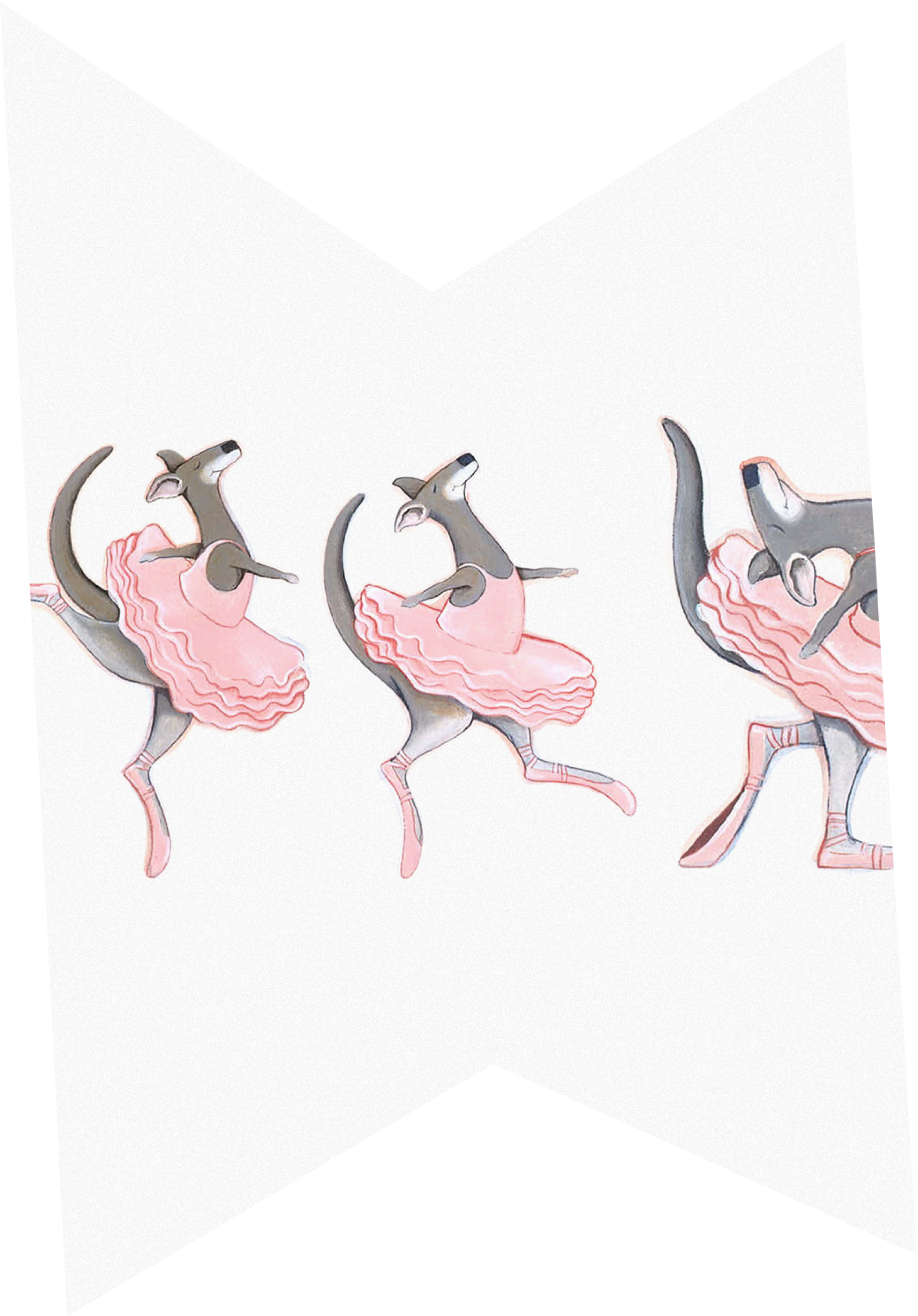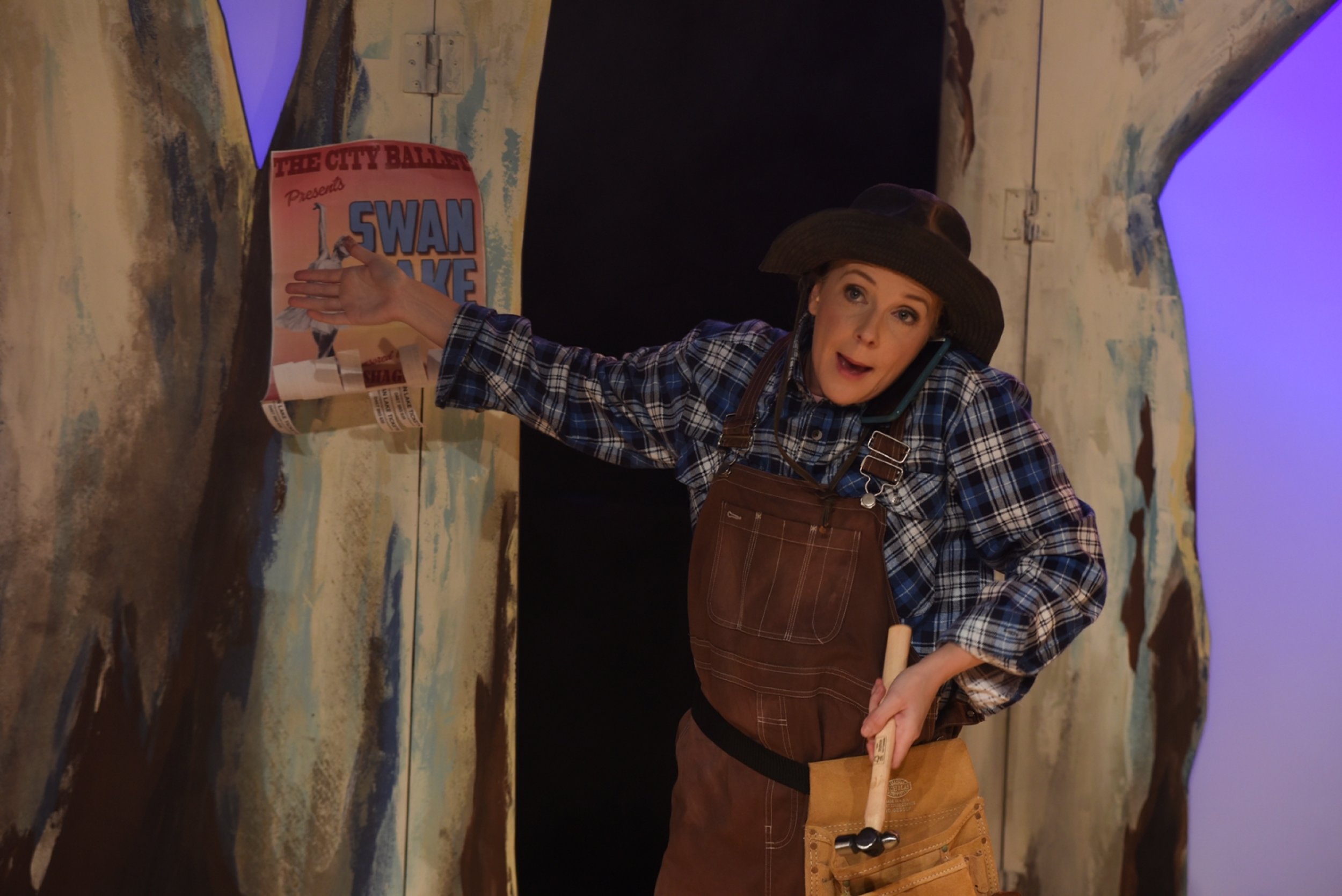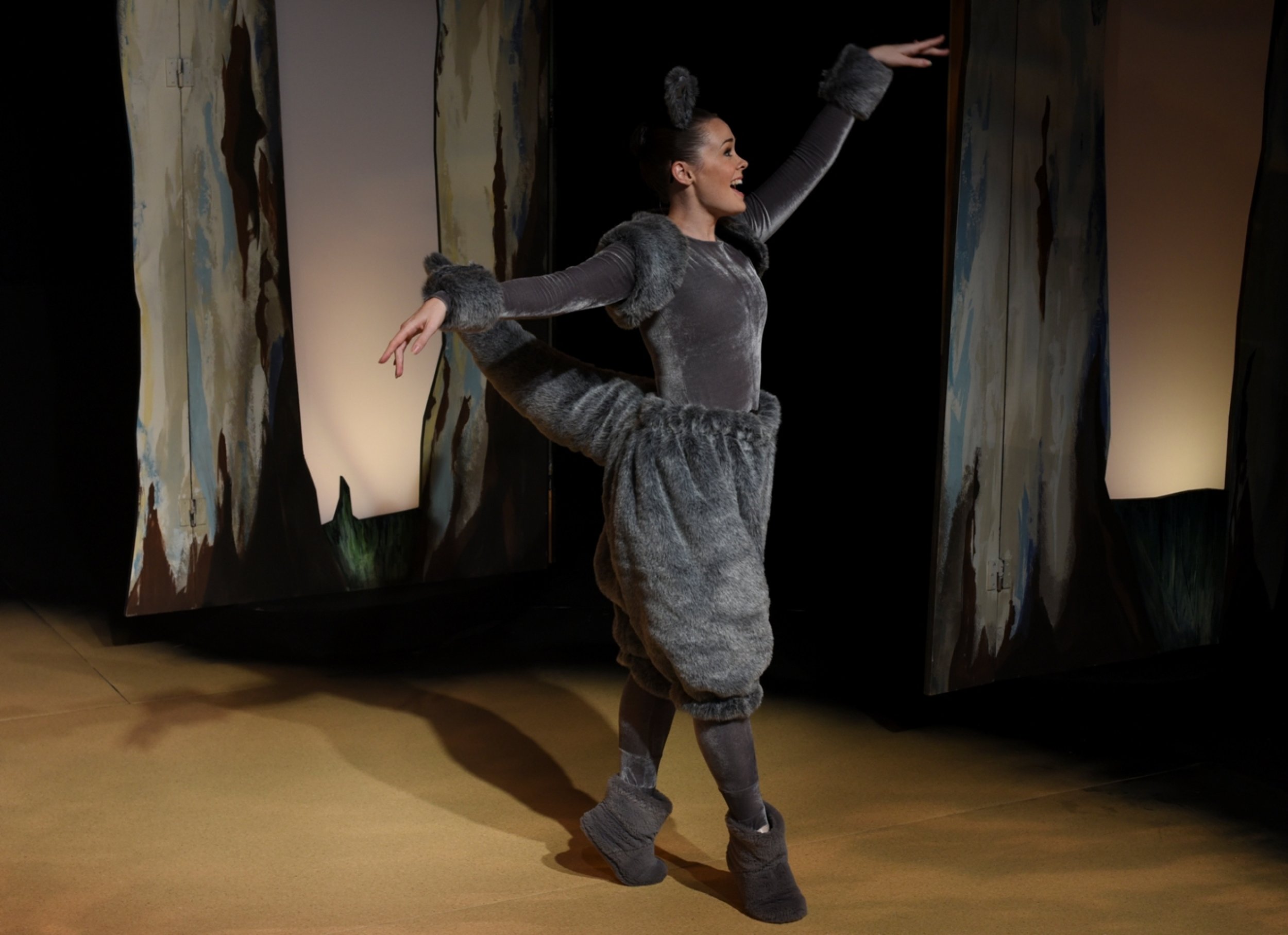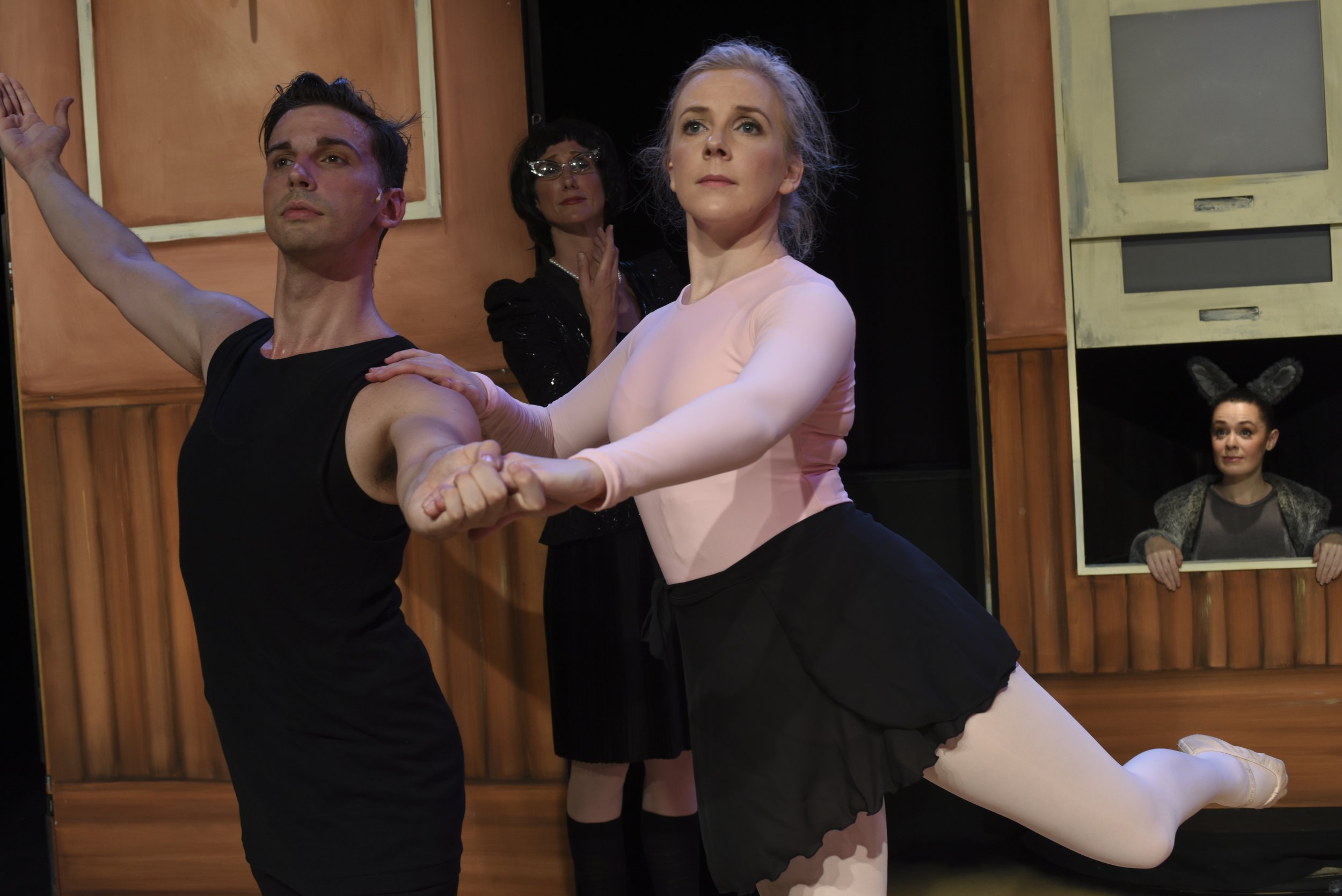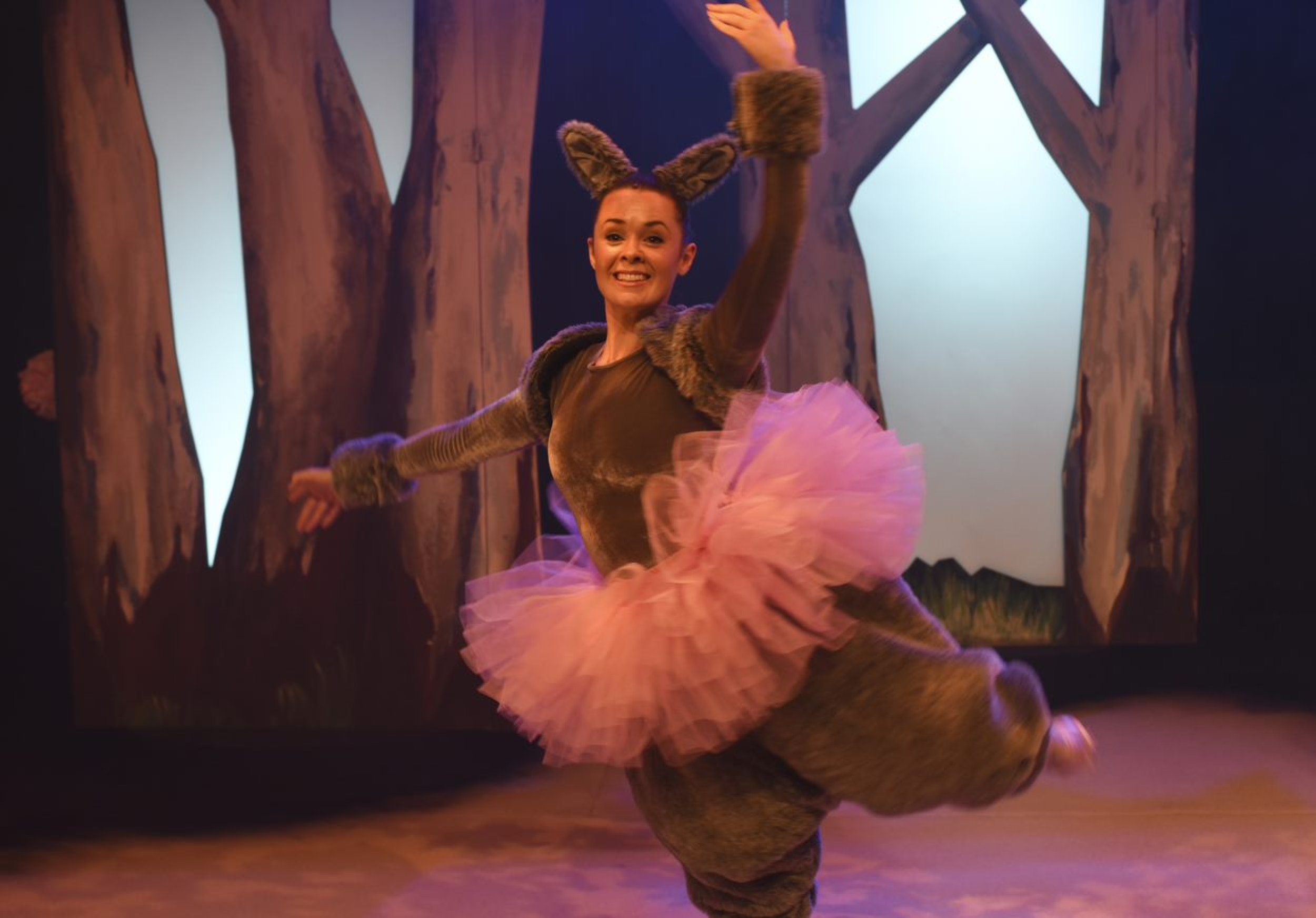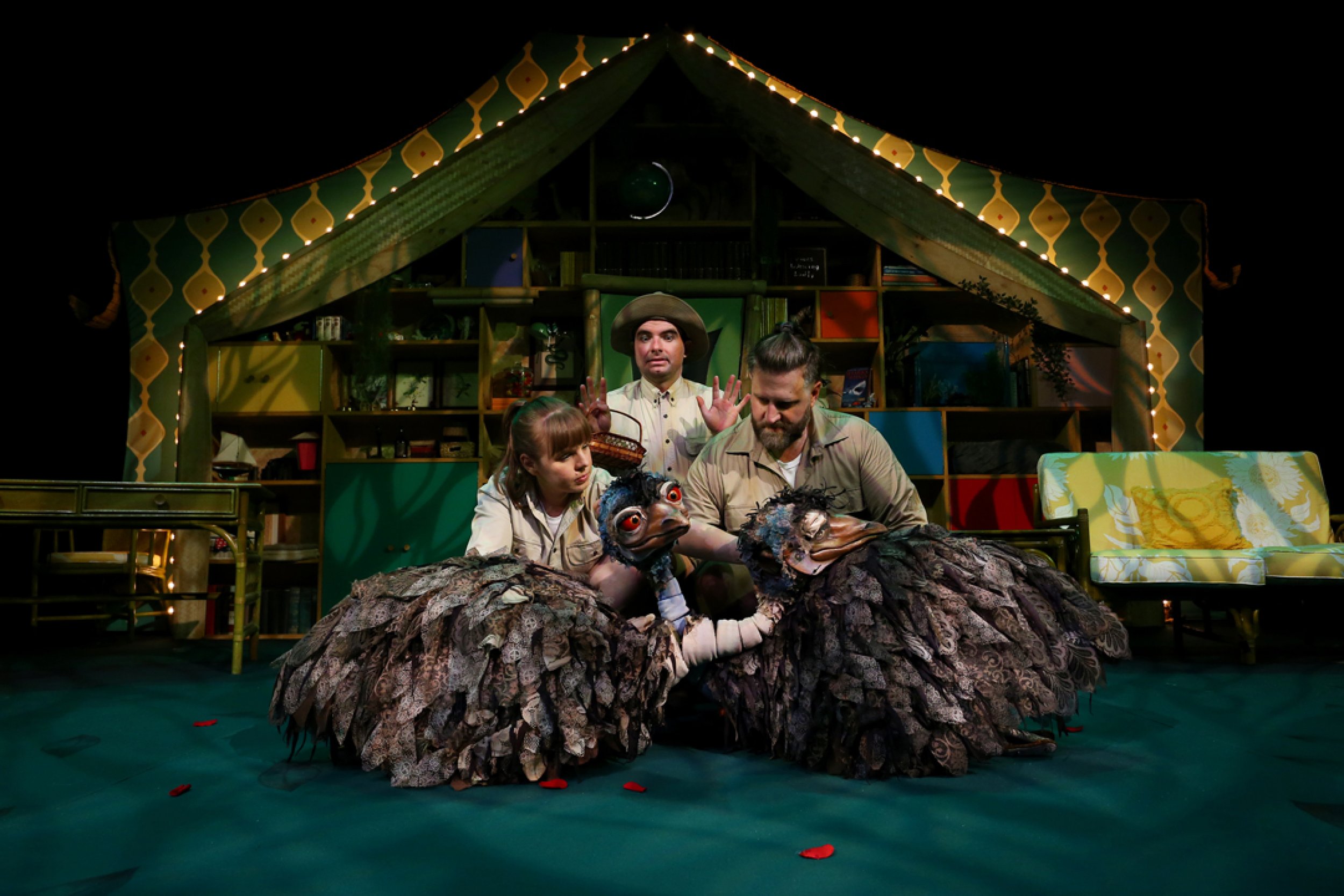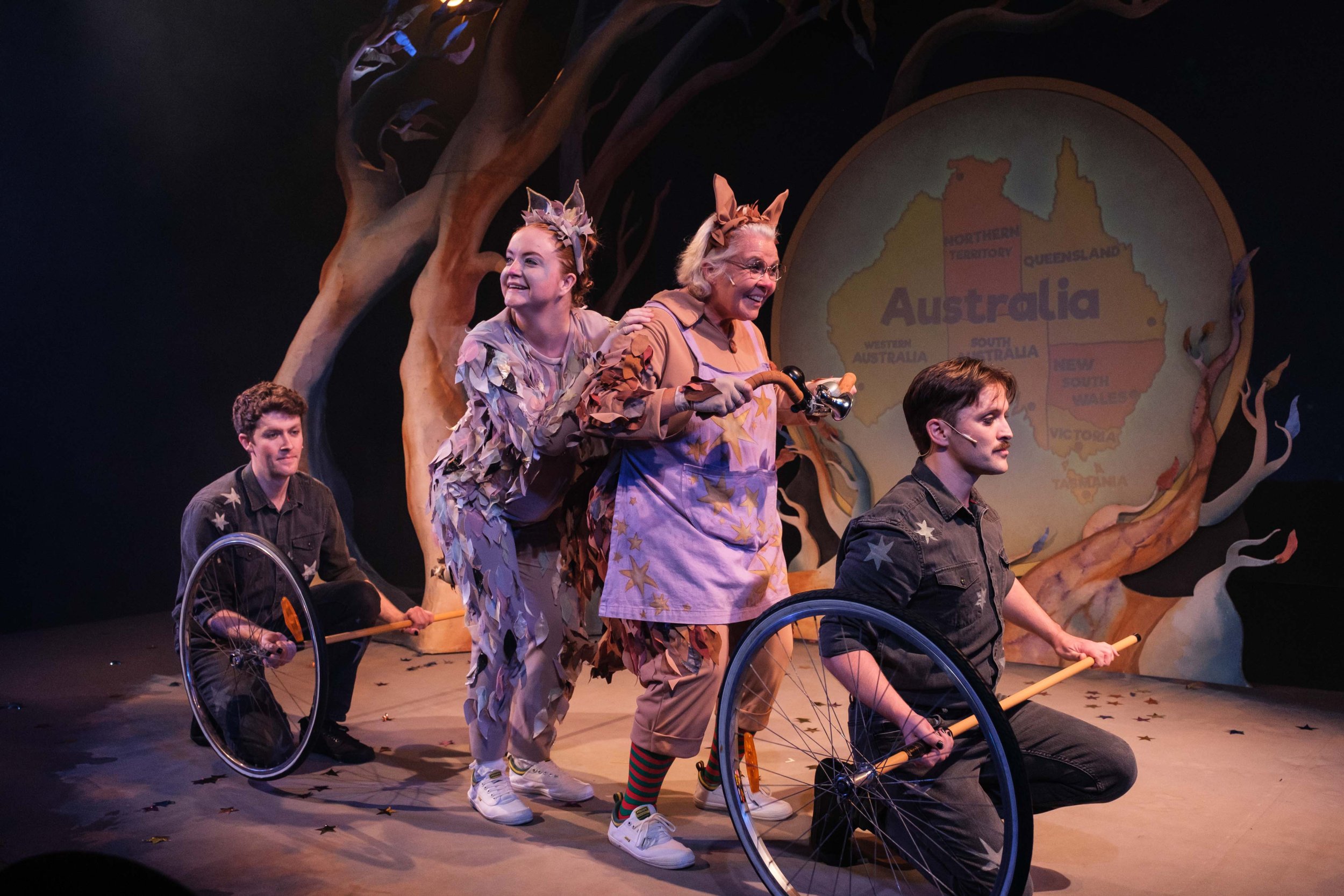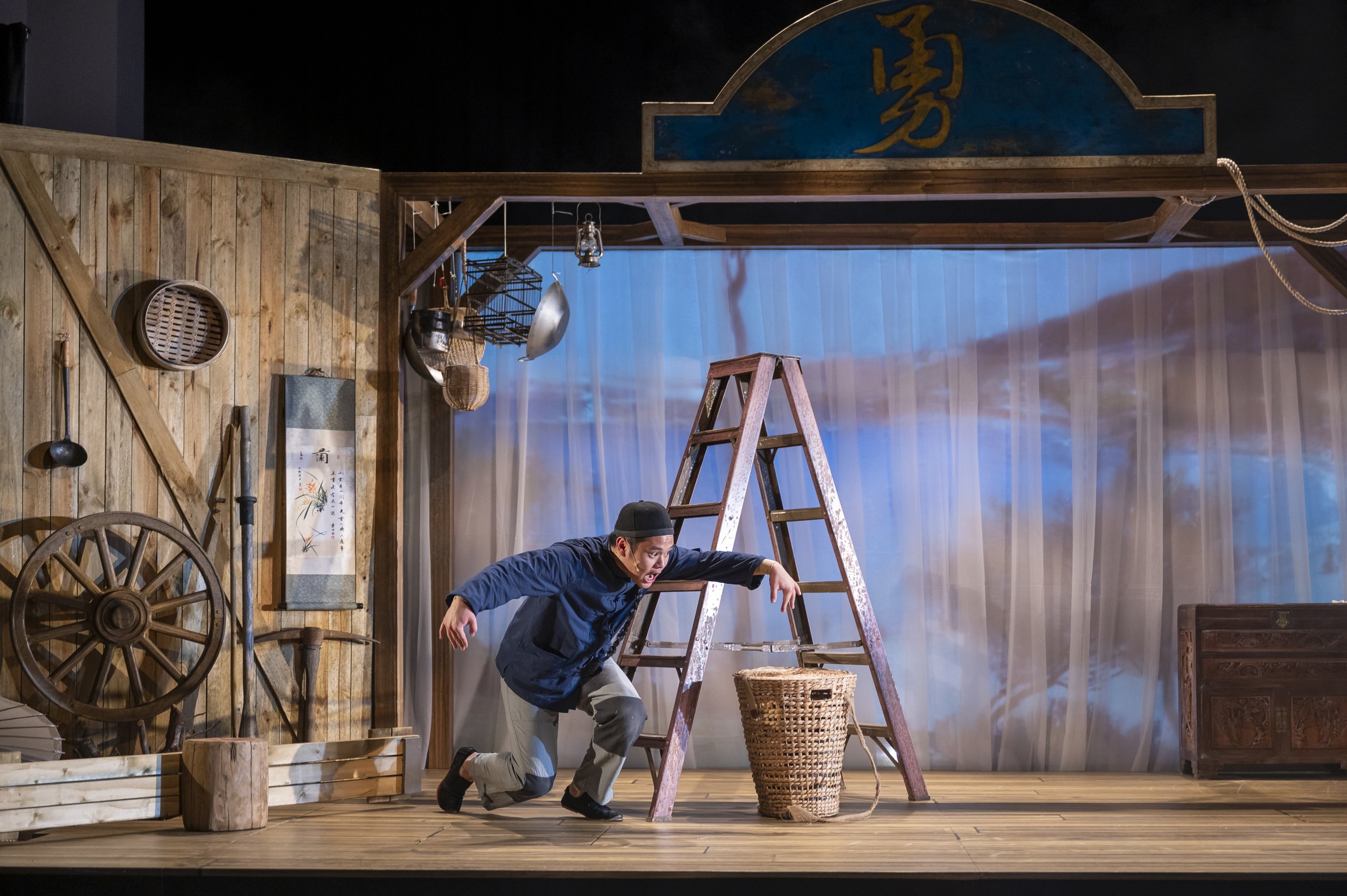Description: Students create a picture book based on the Dreamtime story: Beautiful Dancing Bird
Resources: Paper/workbooks, pens/pencils
Beautiful Dancing Bird:
Long ago back in the Dreamtime, there was a very beautiful girl called Brolga. She was the best dancer in the whole land, as her dancing was so graceful. Now Brolga hadn’t always been such a good dancer. When she was a very little girl she used to get up very early in the morning and creep out of the gunyah (shelter) and onto the plains around her camp. Once she was there she would practice swooshing her arms like the Pelican, parading like the Emu and whirling like the wind. But Brolga didn’t just do the old dances. She liked to make up new ones about the trees and the wind and dances about the Spirits and the animals. Soon Brolga’s dance became so good that other tribes would come from far away just to watch Brolga dance her beautiful dance.
One day, Brolga went off by herself to dance out onto the dry red plain near her favourite tree, a big old Coolibah tree. Brolga began to dance in its shade, moving with the shadow of the old tree branches. As little puffs of dust rose from her feet, an evil Spirit named Waiwera looked down from his home in the Milky Way and saw Brolga. She was the most graceful and beautiful girl he had ever seen. Waiwera decided Brolga must be his, so he quickly spun himself into a whirlwind, and flew down onto the plain. As the wind came closer to Brolga it made a sudden great roaring sound and enclosed her. Brolga was swept off her feet and taken away.
When Brolga’s tribe discovered she was missing, they went looking for her, but the wind had covered her tracks. They found the old Coolibah tree and a path where the whirlwind had been and decided to follow it. For several days they followed the path of the whirlwind until they came to a hill overlooking a small plain. There below they saw Waiwera and his captive, Brolga. The whole tribe rushed down hurling their spears and boomerangs. Realizing that he couldn’t escape with Brolga, he decided that no one would have her. Waiwera swirled around her and just as the tribe reached her, she vanished. Brolga’s tribe watched as the whirlwind wound its way slowly up into the sky. On the spot where it had been there now stood a big old Coolibah tree... but there was no sign of Brolga.
As they stood near the tree that Waiwera had left, a beautiful tall grey bird appeared from behind the tree. The bird began to stretch its wings and instead of flying away, it began to dance, making the same graceful moves that Brolga used to make. The bird danced taking long, hopping steps and floating on its graceful wings. It pranced slowly towards them and with one last graceful bound, flew up into the air and away! From then on they all knew that the evil spirit had changed Brolga into a bird.
By Michael J Connolly
Dreamtime Kullilla-Art © Dreamtime Kullilla-Art
kullillaart.com.au
How it works: Students discuss the plot points of How the Sun Was Made, breaking the story up into four sections. Students then use 5 pages to create a picture book that tells the story of ‘How the Sun Was Made’ through pictures instead of words.
Pages:
Title page with written title: How the Sun Was Made
Paragraph 1 shown in pictures
Paragraph 2 shown in pictures
Paragraph 3 shown in pictures
Paragraph 4 shown in pictures
Students share their picture books with their classmates.
